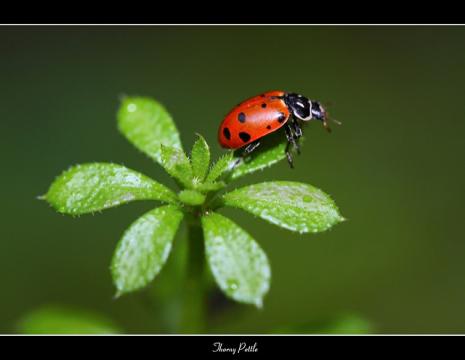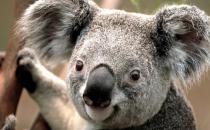
Feeding relationships - Year 7 CLE

This online resource deals with the flow of energy through ecosystems.
The resource is a Science ASSIST Connected Learning Experience (CLE) to help teach Year 7 students about the connected nature of ecosystems and the flow of energy through them.
Description: In this investigation, students explore and develop models of food chains and food webs to represent and analyse the flow of energy through ecosystems and explore the impact of changing components within these systems.
Learning intentions
Students will be able to:
- recall that the sun is the source of all energy in a community
- describe the role of producers, consumers and decomposers in a community
- identify animals as being herbivores, carnivores or omnivores from their usual diets
- draw a simple food chain to show feeding relationships between animals and plants
- construct and interpret food webs to demonstrate relationships in a community
- describe how living things can cause changes to their environment and impact other living things
- collate and summarise data from different sources
- communicate their ideas using scientific language and appropriate representations
Australian Curriculum v9 Codes: AC9S7U01 (Year 7), AC9S7U02 (Year 7)
Additional Information
A Connected Learning Experience (CLE) is a resource package designed to support the use of inquiry investigations in the classroom.
Each CLE may not encompass all the concepts and skills addressed in the specific content descriptions outlined by the Australian Curriculum: Science for that Year level. The Learning Intentions clearly define the aims and objectives of the CLE.
Year 7 Achievement Standard
This lesson sequence provides opportunities to gather information about students’ achievement of specific components in the standards (which are bolded in the statements below).
By the end of Year 7, students…
By the end of Year 7, students describe techniques to separate pure substances from mixtures. They represent and predict the effects of unbalanced forces, including Earth’s gravity, on motion. They explain how the relative positions of Earth, the sun and moon affect phenomena on Earth. They analyse how the sustainable use of resources depends on the way they are formed and cycle through Earth systems. They predict the effect of human and environmental changes on interactions between organisms and classify and organise diverse organisms based on observable differences. Students describe situations where scientific knowledge from different science disciplines and diverse cultures has been used to solve a real-world problem. They explain possible implications of the solution for different groups in society.
Students identify questions that can be investigated scientifically. They plan fair experimental methods, identifying variables to be changed and measured. They select equipment that improves fairness and accuracy and describe how they considered safety. Students draw on evidence to support their conclusions. They summarise data from different sources, describe trends and refer to the quality of their data when suggesting improvements to their methods. They communicate their ideas, methods and findings using scientific language and appropriate representations.
- Year 7 > Science Inquiry Skills > Communicating > Communicate ideas, findings and evidence-based solutions to problems using... > ACSIS133
- Year 7 > Science Inquiry Skills > Processing and analysing data and information > Construct and use a range of representations, including graphs, keys and models... > ACSIS129
- Year 7 > Science Understanding > Biological Sciences > Interactions between organisms, including the effects of human activities, can... > ACSSU112
- Year 7 > Science as a Human Endeavour > Use and influence of science > People use science understanding and skills in their occupations and these have... > ACSHE121


